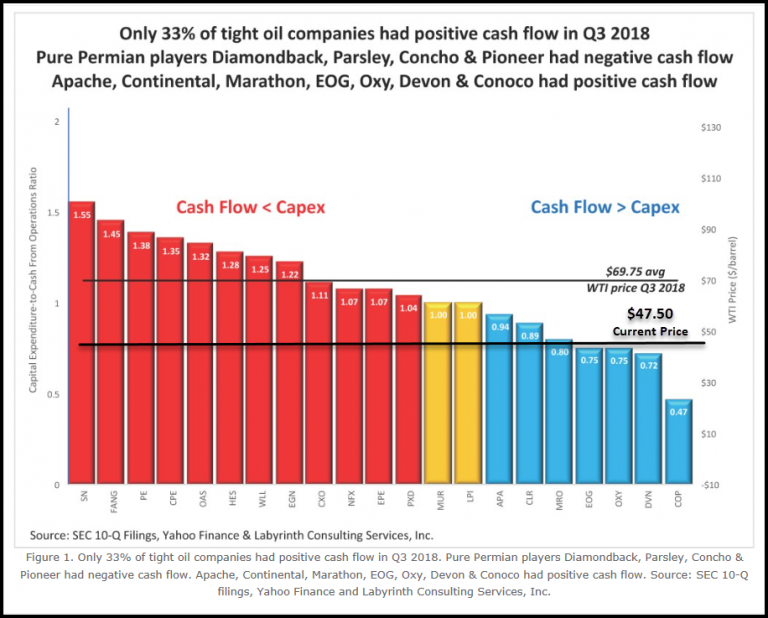His forecasting generally relies upon some assumptions that variables in the equation won't change. For example:
Technology improves - it becomes possible to extract shale oil at a cheaper cost than current methods
Capital costs decline - equipment and materials become cheaper (I doubt labor costs will decline)
Market dynamics - the price of oil might rise well above the "shale industry’s very own breakeven prices"
Govco - they might change the rules/regulations making it cheaper to the industry to work or offering them some sweetheart financing deal(s).
That said, it possible that none of the variables in the equation change enough to significantly alter the timeline for Steve's projection. As it stands now, it appears that the wells have a pretty short half life on profitability. From the initial drilling onwards, it appears that production declines while costs increase (for each well).
Technology improves - it becomes possible to extract shale oil at a cheaper cost than current methods
Capital costs decline - equipment and materials become cheaper (I doubt labor costs will decline)
Market dynamics - the price of oil might rise well above the "shale industry’s very own breakeven prices"
Govco - they might change the rules/regulations making it cheaper to the industry to work or offering them some sweetheart financing deal(s).
That said, it possible that none of the variables in the equation change enough to significantly alter the timeline for Steve's projection. As it stands now, it appears that the wells have a pretty short half life on profitability. From the initial drilling onwards, it appears that production declines while costs increase (for each well).

